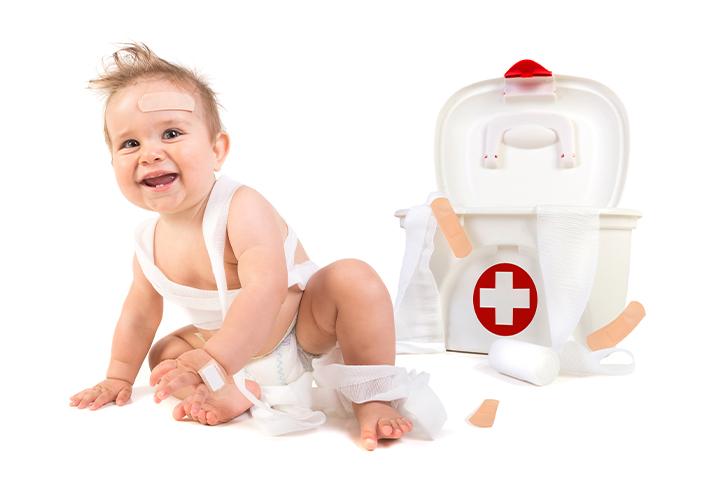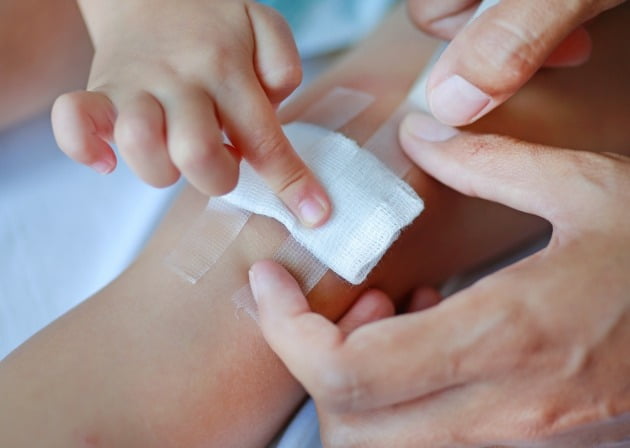Pediatric Emergencies in the U.S.: How to Respond and Access Emergency Care
Pediatric Emergencies in the U.S.: How to Respond and Access Emergency Care
Knowing how to handle pediatric emergencies is critical for every parent. Being prepared can significantly impact the outcomes of unexpected situations. This guide provides essential steps for responding to child emergencies and accessing emergency medical services effectively.
Recognizing Pediatric Emergencies:
- Difficulty breathing or choking
- Severe allergic reactions (anaphylaxis)
- Loss of consciousness or unresponsiveness
- Severe injury or bleeding
- Sudden high fever or seizures
Immediate Steps in a Pediatric Emergency:
1. Stay Calm and Assess the Situation
- Keep yourself calm to make clear, quick decisions.
- Quickly evaluate your child's condition and urgency of the situation.
2. Call Emergency Services
- Dial 911 immediately for serious emergencies.
- Clearly state your location, describe the situation, and follow the operator’s instructions carefully.
3. Administer First Aid if Needed
- Perform CPR or Heimlich maneuver if your child is not breathing or choking.
- Control bleeding by applying firm pressure with a clean cloth.
4. Comfort and Reassure Your Child
- Provide emotional support to keep your child calm.
- Remain close and speak gently to reassure your child.
Preparing for Pediatric Emergencies:
1. Know Your Closest Emergency Room
- Identify the nearest hospital with pediatric emergency facilities.
- Store addresses and contact numbers in an accessible location.
2. Keep an Updated Emergency Kit
- Maintain a well-stocked first aid kit at home and in your vehicle.
- Include essentials like bandages, antiseptics, allergy medications, and child-safe pain relievers.
3. Emergency Information Readily Available
- Keep a list of important medical information such as allergies, medications, pediatrician contact details, and emergency contacts.
Utilizing Emergency Medical Services Effectively:
- Clearly communicate all relevant information to medical personnel.
- Provide accurate medical history and details of the current emergency.
- Follow all instructions provided by emergency medical responders.
Important Precautions:
- Regularly refresh your knowledge of pediatric CPR and basic first aid.
- Educate caregivers and family members on emergency response plans.
- Ensure babysitters or caretakers know emergency procedures and contacts.
Conclusion
Proper preparation and timely response are essential for effectively handling pediatric emergencies. Understanding how to quickly access and use emergency medical services can significantly enhance your child's safety and health outcomes.
SEO Keywords: pediatric emergency response, child emergency care, U.S. emergency medical services, pediatric first aid, emergency preparedness for parents
amazon best seller







Comments